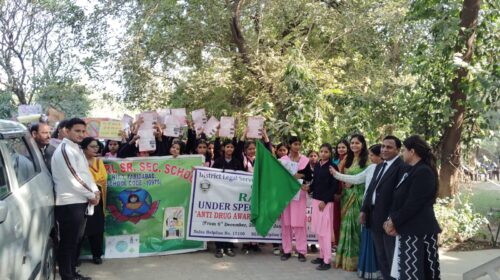Pentagon reverses itself, calls deadly Kabul strike an error
The Pentagon retreated from its defence of a drone strike that killed multiple civilians in Afghanistan last month, announcing Friday that a review revealed that only civilians were killed in the attack, not an Islamic State extremist as first believed.
The strike was a tragic mistake,” Marine Gen. Frank McKenzie, head of US Central Command, told a Pentagon news conference.
For days after the August 29 strike, Pentagon officials asserted that it had been conducted correctly, despite 10 civilians being killed, including seven children. News organisations later raised doubts about that version of events, reporting that the driver of the targeted vehicle was a longtime employee at an American humanitarian organisation and citing an absence of evidence to support the Pentagon’s assertion that the vehicle contained explosives.
McKenzie said the vehicle was struck in the earnest belief that it posed an imminent threat.
I am now convinced that as many as 10 civilians, including up to seven children, were tragically killed in that strike,” McKenzie said. Moreover, we now assess that it is unlikely that the vehicle and those who died were associated with ISIS-K or a direct threat to US forces,” he added, referring to the Islamic State group’s Afghanistan affiliate.
McKenzie apologised for the mistake and said the United States is considering making reparation payments to the family of the victims.
Gen. Mark Milley, chairman of the Joint Chiefs of Staff, told reporters two days after the attack that it appeared to have been a righteous strike and that at least one of the people killed was a facilitator for the Islamic State group’s Afghanistan affiliate, which had killed 169 Afghan civilians and 13 American service members in a suicide bombing on August 26 at the Kabul airport.
After McKenzie’s remarks, Milley expressed regret.
This is a horrible tragedy of war and it’s heart wrenching,” Milley told reporters travelling with him in Europe. We are committed to being fully transparent about this incident.
In a dynamic high-threat environment, the commanders on the ground had appropriate authority and had reasonable certainty that the target was valid, but after deeper post-strike analysis our conclusion is that innocent civilians were killed,” Milley added.
Accounts from the family, documents from colleagues seen by The Associated Press, and the scene at the family home where Zemerai Ahmadi’s car was struck by a Hellfire missile just as he pulled into the driveway all painted a picture of a family that had worked for Americans and were trying to gain visas to the United States, fearing for their lives under the Taliban.
The family said that when the 37-year-old Zemerai, alone in his car, pulled up to the house, he honked his horn. His 11-year-old son ran out and Zemerai let the boy get in and drive the car into the driveway. The other kids ran out to watch, and the Hellfire missile incinerated the car, killing seven children and an adult son and nephew of Zemerai.
The airstrike was the last of a US war that ended as it had begun in 2001 with the Taliban in power in Kabul. The speed with which the Taliban overran the country took the US government by surprise and forced it to send several thousand troops to the Kabul airport for a hurried evacuation of Americans, Afghans and others.
The evacuation, which began August 14, unfolded under a near-constant threat of attack by the Islamic State group’s Afghanistan affiliate.





